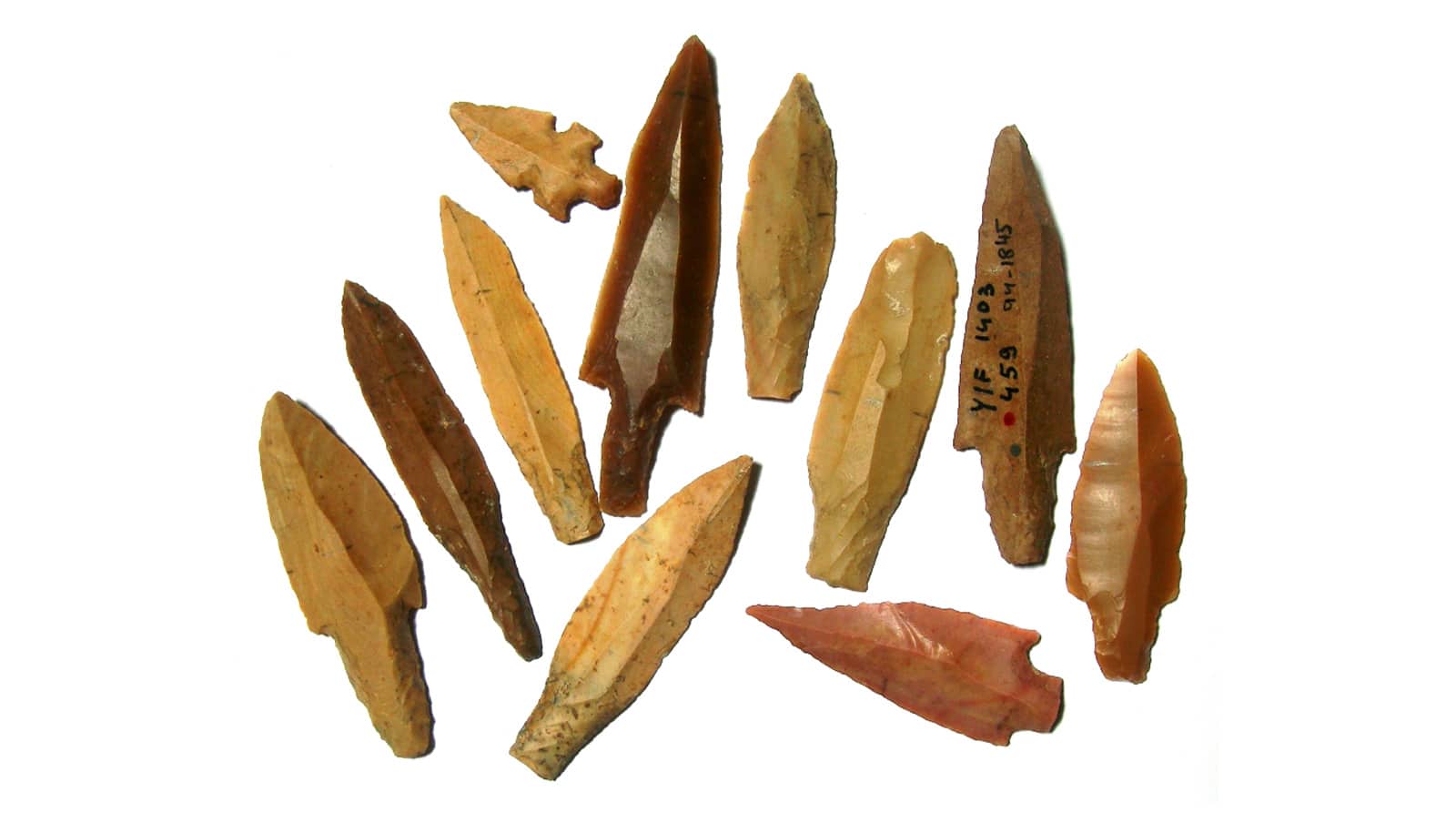Starting about 7,000 years ago, and extending over the next two millennia, recent studies suggest, the genetic diversity of men—specifically, the diversity of their Y chromosomes—collapsed. The collapse was so extreme it was as if there were only one man left to mate for every 17 women.
Anthropologists and biologists were perplexed, but researchers now believe they’ve found a simple—if revealing—explanation. The collapse, they argue, was the result of generations of war between patrilineal clans, whose male ancestors determined membership.
The outlines of that idea came to Tian Chen Zeng, an undergraduate in sociology at Stanford University, after spending hours reading blog posts that speculated— unconvincingly, Zeng thought—on the origins of the “Neolithic Y-chromosome bottleneck,” as the event is known. He soon shared his ideas with his high school classmate Alan Aw, also a Stanford undergraduate in mathematical and computational science.
“He was really waxing lyrical about it,” Aw says, so the pair took their idea to biology professor Marcus Feldman. Zeng, Aw, and Feldman report their results in Nature Communications.
It’s not unprecedented for human genetic diversity to take a nosedive once in a while, but the Y-chromosome bottleneck, which was inferred from genetic patterns in modern humans, was an odd one. First, it was observed only in men—more precisely, it was detected only through genes on the Y chromosome, which fathers pass to their sons. Second, the bottleneck is much more recent than other biologically similar events, hinting that its origins might have something to do with changing social structures.
Certainly, the researchers point out, social structures were changing. After the onset of farming and herding around 12,000 years ago, societies grew increasingly organized around extended kinship groups, many of them patrilineal clans—a cultural fact with potentially significant biological consequences. The key is how clan members are related to each other. While women may have married into a clan, men in such clans are all related through male ancestors and therefore tend to have the same Y chromosomes. From the point of view of those chromosomes at least, it’s almost as if everyone in a clan has the same father.
That only applies within one clan, however, and there could still be considerable variation between clans. To explain why even between-clan variation might have declined during the bottleneck, the researchers hypothesized that wars, if they repeatedly wiped out entire clans over time, would also wipe out a good many male lineages and their unique Y chromosomes in the process.
Gorilla’s Y chromosome closer to a guy’s than a chimp’s
To test their ideas, the researchers turned to mathematical models and computer simulations in which men fought—and died—for the resources their clans needed to survive. As the team expected, wars between patrilineal clans drastically reduced Y chromosome diversity over time, while conflict between non-patrilineal clans—groups where both men and women could move between clans—did not.
Zeng, Aw, and Feldman’s model also accounted for the observation that among the male lineages that survived the Y-chromosome bottleneck, a few lineages underwent dramatic expansions, consistent with the patrilineal clan model, but not others.
Now the researchers are looking at applying the framework in other areas—anywhere “historical and geographical patterns of cultural interactions could explain the patterns you see in genetics,” says Feldman.
The Center for Computational, Evolutionary and Human Genomics, the Morrison Institute for Population and Resource Studies, and a grant from the National Science Foundation supported the work.
Source: Stanford University



